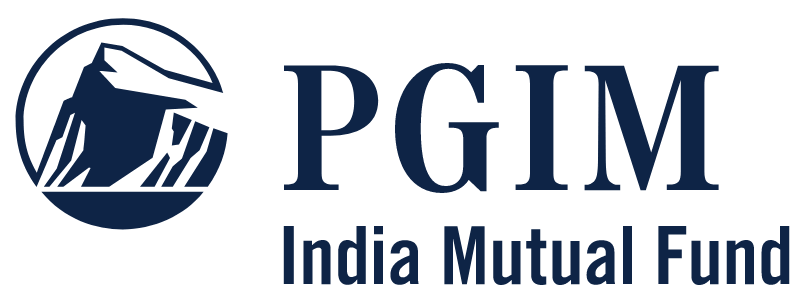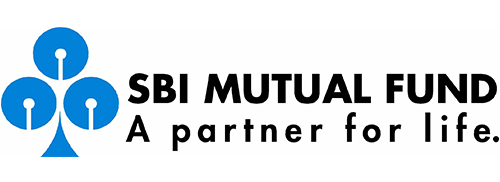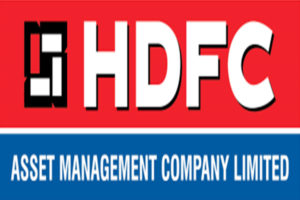Basic Mutual Fund Terminology
There are a lot of terms or phrases involved in Mutual Funds investments. As a common investor, not all terms are familiar and easy to understand. Thus, to deal with this problem here is the list of the most common terms in Mutual Fund Investing with its meaning.
Basic Mutual Fund Terminology
1. Active Portfolio Management
It is a well-crafted and systematic approach to This involves a recurring review of the portfolio. The objective of such style is to top the market. This Investing style argues that active portfolio management can create a scope of making profits, even at a time when the markets are not efficient.
2. Alpha
Alpha is a scale to measure the performance of the fund manager. Positive Alpha means the fund manager is generating more returns than what is expected. Negative Alpha indicates the underperformance of the fund manager.
3. Annualized Return
Annualized return is the amount of return Mutual Funds can generate or have generated within one year. It is a widely used to measure the overall performance of the fund.
4. Asset Allocation
Asset Allocation means allocating the total funds present with the Mutual Funds in different asset classes like Bonds, equities, derivatives, etc. Asset Management Company (AMC):

A company which manages the assets with the mutual fund, create and monitors Mutual Funds, and takes care of the investment related decisions of Mutual Funds. The company has to be registered with SEBI (Securities and Exchange Board of India). SBI Funds Management Private Limited, UTI Asset Management Company Ltd, DSP BlackRock Investment Managers Private Limited, etc. are some of the AMCs in India.
5. Assets Under Management (AUM)
AUM is the total value of the assets of an investment company in the market. The definition of AUM varies by the company. Some consider Mutual Funds, cash, and Bank deposits while others limit themselves to fund under management.
6. Balanced Fund
Mutual Funds that invests in equity, money market instruments and equity is called Balanced Fund. This fund offers capital appreciation and regular income.
7. Beta
Beta is a scale to measure the volatility of a security compared to the market. Beta is used in Capital Asset Pricing Model (CAPM). CAPM calculates the expected return of an asset based on its beta along with predicted market returns.
8. Capital Gain
It is a rise in the value of the capital asset(investment) which gives better worth than the purchase price. A Capital Gain may be long-term or short -term.
9. Close-Ended Funds
In close-ended Mutual Funds, the money of an investor is locked in for a specified amount of time. The fund units are available only during the New Fund Offer (NFO) period. After the period, the units of the fund can be bought from the market.
10. Default Risk
There is always a risk involved that the issued fixed income may not make a timely payment of interest and repay the principal amount. Such risk is called default risk or credit risk.
11. Depository Participant
An entity that is authorized to involve in dematerializing of shares and monitoring demat accounts of the investors.
12. Dividend
A dividend is a portion of a company’s earning distributed to its shareholders. The portion is decided by the board of directors of the company and can be in a form of cash payment, shares or some other property.
13. Distributor
A distributor is an individual or a corporation which is authorized to buy Mutual Funds directly from the parent company and re-sell those Mutual Funds to retail or institutional investors.
14. Diversification
Diversification is a risk management approach which involves investing money across various avenues instead of funneling it all in one channel. Diversification helps a lot in reducing the overall risk.
15. Efficient Portfolio
A portfolio that guarantees a maximum return for a specified level of risk or guarantees a minimum level of risk for an expected return value.
Talk to our investment specialist
16. Entry Load
The amount charged to an investor while purchasing Mutual Funds as a part of administrative fees or for a commission to brokers.
17. Equity Fund
Mutual Funds that mainly invest in equity and its related instruments with an aim to provide capital appreciation.
18. Exit Load
A redemption amount charged on an investor when they withdraw their money from the Mutual Funds.
19. Expense Ratio
The ratio of total expenses to the net assets of the fund is called expense ratio.
20. Exchange Traded Fund (ETF)
An ETF is a marketable security that monitors an index, bonds, commodities, or a group of assets like an index.
21. Fixed Income Security
A security which pays a fixed interest to an investor at regular interval of time. The time interval can range from a month to a year.
22. Fund Manager
The asset management company (AMC) appoints a professional to invest funds of the investors according to the objective of the Mutual Funds
23. Fund Rating
Mutual Funds are subject to risk(s). It thus becomes difficult for an investor to choose. There are certain institutes like CRISIL, ICRA which provide credit ratings to a fund scheme. These ratings help investors to choose Mutual Funds and give them the idea of the security of the fund scheme.
24. Gilt Fund
Mutual Funds that primarily deal with government securities and treasury bills.
25. Income Fund
The fund offers a regular income to the investors. Investing in fixed income securities like debentures, high dividend shares, bonds etc.
26. Index Fund
Index fund has the same composition of assets as that of its benchmark at any given point of time.
27. Interest Rate Risk
Debt security prices are subject to interest rate variation. An increase in the interest rate leads to decrease in the value of the bond. Interest rate risk influences the NAV of the fund.
28. Liquidity Risk
It is the risk that occurs due to lack of marketability of an investment. The investment cannot be sold or bought without a loss.
29. Net Asset Value
Net asset value is the price of a unit share of Mutual Funds on a given date and time.
30. Open-Ended Fund
An open-ended fund is a type of Mutual Funds which does not have any kind of limitations on the number of shares the Mutual Fund can offer.
31. Passive Portfolio Management
It is a type of investment strategy which involves the fund managers attempt to beat the market with multiple investment tactics. In this, the Mutual Funds' portfolio replicates the market index.
32. Record Date
It is a cut-off date for collecting corporate Benefits of Mutual Funds like rights, bonus, dividends, etc. This date is announced by the mutual fund. Only the registered investors on the date are eligible for claiming the benefits.
33. Reinvestment Risk
It is the risk that arises due to change of interest rate. As a result of this, the interest received on the investment cannot be reinvested in higher interest bearing schemes.
34. Rupee Cost Averaging
It is an investment approach which involves investing fixed amount of money at regular intervals. This helps in buying more shares of a scheme when the prices are up and less when they are down.
35. Systemic Risk
Systemic risk is the possibility of an event that can lead to the downfall of the entire financial system or market.
36. Systematic Risk
A risk that is constitutional to the market's day to day fluctuation. It is also called as an undiversified risk which is unpredictable and is almost impossible to avoid completely.
37. Sector Fund
A fund that only invests in business which operates in a specific sector or industry of the economy. These funds lack diversification as the holdings of the fund are in the same sector.
38. Systematic Investment Plan
It is an investment approach where an investor makes regular and equal payments in a mutual fund scheme, retirement account or a Trading Account. The investor benefits from the long-term profits of rupee-cost averaging.
39. Systematic Withdrawal Plan
It is a systematic way for an investor to withdraw a pre-specified amount of money from the invested Mutual Funds. It helps the investor to have a regular cash inflow.
40. Switching
Switching involves moving from one scheme to another in a bunch of schemes of the same Mutual Funds.
41. Sponsor
A company or an entity which contributes the initial capital for an asset management company is known as the sponsor of the AMC.
42. Tax Saving Fund
Dividends or returns from such funds can be exempted from income tax as per the Income Tax Act.
43.Transfer Agents
A firm which keeps track of the records of the unit-holders of the AMC.
44. Treasury Bills
The bills of exchange which have a short-term maturity. Such bills are issued by the Reserve Bank of India. The securities are guaranteed by the Government of India and thus have low risks and fewer returns as well.
45. Value Investment
It is an investment style which attempts to pick up undervalued stocks in the market.
46. Zero Coupon Bond
It is a debt bond which does not have any coupon or interest attached to it. It is sold at a big discount on the Face Value and offers capital appreciation at the time of withdrawal.
How to Invest in Mutual Funds Online?
Open Free Investment Account for Lifetime at Fincash.com.
Complete your Registration and KYC Process
Upload Documents (PAN, Aadhaar, etc.). And, You are Ready to Invest!
All efforts have been made to ensure the information provided here is accurate. However, no guarantees are made regarding correctness of data. Please verify with scheme information document before making any investment.










